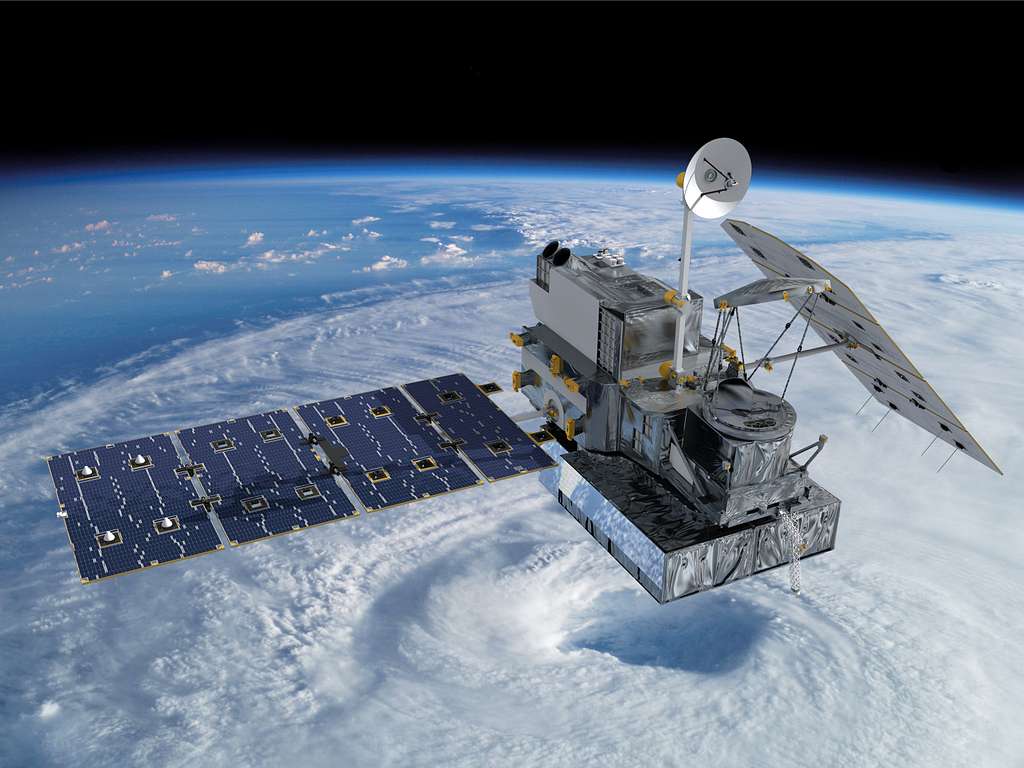
Representative Image
‘Global scientists offer aid in Dharmasthala mass grave probe’
Bengaluru
In a significant development in the Dharmasthala mass burial case, Sujatha Bhat, the mother of Ananya Bhat—a medical student who went missing in 2003—has appealed for broader scientific collaboration in the ongoing exhumation and investigation process. The appeal was formally issued through her legal counsel, Advocate Manjunath, via a press note on Tuesday.
According to the press statement, numerous scientists, engineers, and experts from both India and abroad have voluntarily come forward, expressing their interest in contributing to the case. These professionals have proposed the application of advanced technologies and modern methodologies to improve the efficiency and precision of the exhumation efforts.
Recognising Sujatha Bhat’s right to demand the most comprehensive investigation possible, the legal counsel has urged the Special Investigation Team (SIT) to publicly release their scientific liaison contact details. This, they argue, will enable direct communication between the SIT and willing experts, fostering collaboration that could accelerate the discovery of crucial evidence.
Also read (Power TV MD accused of witness intimidation and obstruction in Dharmasthala mass burial case)
“This is not just a procedural formality—it’s about ensuring justice through the best available scientific means,” the press note emphasised.
The statement concluded with a note of appreciation to the global experts who have already offered assistance and expressed optimism that such cooperative efforts will bring clarity and justice to the families still awaiting answers.
The Dharmasthala mass burial case has drawn national attention, especially after skeletal remains were reportedly discovered near temple premises, reviving concerns linked to multiple missing person cases over the years. The SIT is currently overseeing the investigation into the suspected mass graves.
This renewed call for transparency and international collaboration signals a new phase in the high-profile probe, potentially opening the door for forensic breakthroughs led by cross-border expertise.
